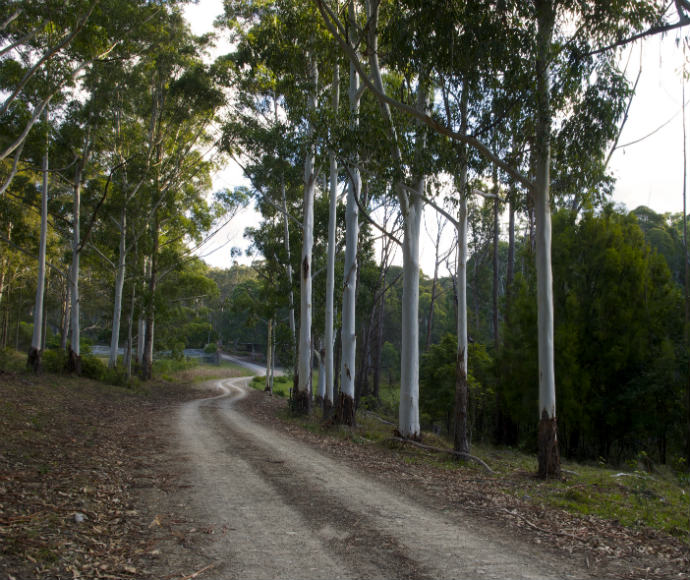The nation’s agricultural sector should benefit from emerging opportunities in low-emissions food and fibre exports as other countries shift away from high-emitting alternative products, NAB has said in a submission to the Federal Government’s consultation on the Agriculture and Land Sectoral Plan.
Australia is a heavy exporter of agricultural products, with $83bn, or 72 per cent, of its record $92bn in total production in 2022-23 attributed to exports.
Each Australian farmer on average produces enough food to feed 600 people a year – 150 at home and 450 abroad, according to the National Farmers’ Federation (NFF).
NAB, which is Australia’s largest agribusiness lender, said the sector would face evolving requirements as countries formulated emissions policies in line with their commitments to the Paris Agreement.
“There will be opportunities to supply value-added products such as low emissions food and fibre to other countries as a part of the national and global pivot away from high emissions export product, as well as the provision of biodiversity and carbon outcomes at the farm scale,” the submission said.
“However, due diligence and traceability requirements may also increase for operators placing goods into certain markets.
“For example, the European Union’s Deforestation Regulation will require the provision of additional information and attestations about compliance from operators from December 2024.”
Separate, but also relevant, was the EU’s Carbon Border Adjustment Mechanism, established to address carbon leakage and initially to be applied to products with carbon intensive production.
With global hunger forecast to surpass 600 million people by 2030, Australian agriculture was expected to play an increasingly important role in producing the nutritious food and fibre needed to safeguard global food security, the NFF said in its submission.
The industry, it said, had a vision to grow to $100bn by 2030.
As a sector, agriculture comprised 16.8 per cent of Australia’s greenhouse gas emissions in 2020-21.
The share was significant and expected to rise as other sectors, such as electricity, took up more readily available and lower-cost abatement options.
Methane produced during digestion by ruminant livestock, such as cattle and sheep, accounted for two-thirds of the sector’s emissions, with agricultural soils and manure management the next largest sources, the NFF said.
Electricity, energy and fuel use in agriculture were accounted for in other parts of the National Greenhouse Account.
According to the NFF, net zero was a “distinct impossibility” for agriculture, unlike other industries where sectoral plans were also under development.
Food and fibre, it said, could not be produced without emissions, while technology and innovation would continue to support broader emissions reduction.
In its submission, NAB encouraged the government to continue its investigation of policies to accelerate investment in agricultural technology and practices to help reduce emissions.
It pointed to a NAB customer Sea Forest, which was growing seaweeds on the east coast of Tasmania to help absorb carbon dioxide in the ocean and for use as a feed supplement for livestock, including cows, to help prevent methane production in the last stage of digestion.
Sea Forest had found that animals with diets containing as little as 30 grams of the supplement a day could reduce methane production by up to 98 per cent.
NAB said it was helping Sea Forest to expand the business and distribute this “practical solution” to more farmers.
“NAB is experiencing increasing appetite from agribusiness customers to better understand how they can reduce their emissions,” the submission said.
“This is resulting in significant demand for energy efficient agricultural equipment, with finance growing 226 per cent, followed by solar upgrades and electric vehicles, both up 129 per cent and 32 per cent.
“Combined lending under the NAB Agri Green Loan and business finance for green equipment was $82m in the 2023 financial year. While this is relatively modest in overall terms, the strong growth rate demonstrates increasing customer demand.
“In addition, the agriculture sector will provide a realistic pathway in the short to medium term for hard-to-abate sectors where technology and opportunities to reduce emissions are not readily available.
“For many of these sectors, purchasing offsets and supporting the sequestering of carbon is the only solution available. In this way, agriculture can contribute to the decarbonisation of other sectors through its ability to generate offsets.”
While offsets could also be developed to support improved productivity, reduce risks on farms and improve environmental outcomes, more data was needed to understand the scale of the benefits.
NAB said the government was also well-placed to raise awareness and provide training on basic concepts relevant to climate disclosure and transition, and to encourage businesses to consider data challenges.
This was important for businesses that could be subject to mandatory disclosure, but also for agribusinesses below that threshold which could face requests for data or reporting from third parties, such as their banks, insurers, and companies in their value and supply chains.
The government should consider how third parties could access the data they needed from farmers while minimising data requests and avoiding a reporting burden, according to NAB.
The NFF said emissions and sequestration associated with agricultural activity and the land made up a significant part of Australia’s, and the world’s, greenhouse gas emissions.
“As noted (in 2018) by the Intergovernmental Panel on Climate Change, reducing those emissions and increasing carbon stored in the land is an important part of stabilising global temperatures,” the industry group said.








